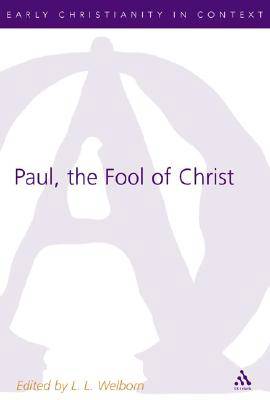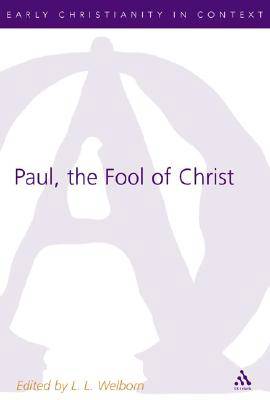
- Retrait gratuit dans votre magasin Club
- 7.000.000 titres dans notre catalogue
- Payer en toute sécurité
- Toujours un magasin près de chez vous
- Retrait gratuit dans votre magasin Club
- 7.000.0000 titres dans notre catalogue
- Payer en toute sécurité
- Toujours un magasin près de chez vous
Paul, the Fool of Christ
A Study of 1 Corinthians 1-4 in the Comic-Philosophic Tradition
L L WelbornDescription
Welborn argues that Paul's acceptance of the role of a 'fool', and his evaluation of the message of the cross as 'foolishness', are best understood against the background of the popular theatre and the fool's role in the mime. Welborn's investigation demonstrates that the term 'folly' (moria) was generally understood as a designation of the attitude and behaviour of a particular social type -û the lower class buffoon. As a source of amusement, these lower class types were widely represented on the stage in the vulgar and realistic comedy known as the mime. Paul's acceptance of the role of the fool mirrors the strategy of a number of intellectuals in the early Empire who exploited the paradoxical freedom that the role permitted for the utterance of a dangerous truth. Welborn locates Paul's exposition of the 'folly' of the message about the cross in a submerged intellectual tradition that connects Cynic philosophy, satire, and the mime. In this tradition, the world is viewed from the perspective of the poor, the dishonoured, the outsiders. The hero of this tradition is the 'wise fool, ' who, in grotesque disguise, is allowed to utter critical truths about authority. The book demonstrates that Paul participates fully in this tradition in his discourse about the folly of the word of the cross. The major components of Paul's argument in 1 Corinthians 1-4 find their closest analogies in the tradition that valorizes Socrates, Aesop, and the mimic fool. JSNTS 293 and ECC
Spécifications
Parties prenantes
- Auteur(s) :
- Editeur:
Contenu
- Nombre de pages :
- 304
- Langue:
- Anglais
- Collection :
Caractéristiques
- EAN:
- 9780567030429
- Date de parution :
- 19-07-05
- Format:
- Livre relié
- Format numérique:
- Genaaid
- Dimensions :
- 156 mm x 234 mm
- Poids :
- 648 g

Les avis
Nous publions uniquement les avis qui respectent les conditions requises. Consultez nos conditions pour les avis.






